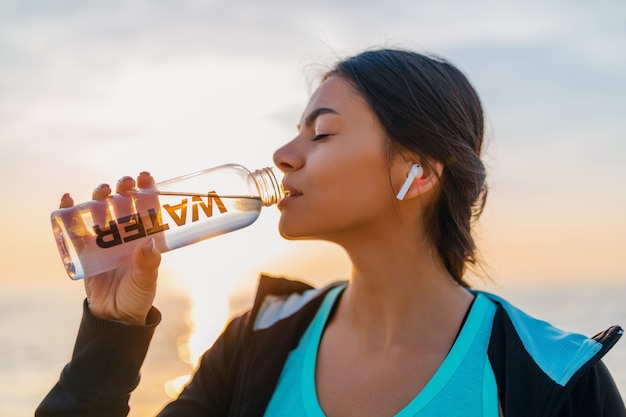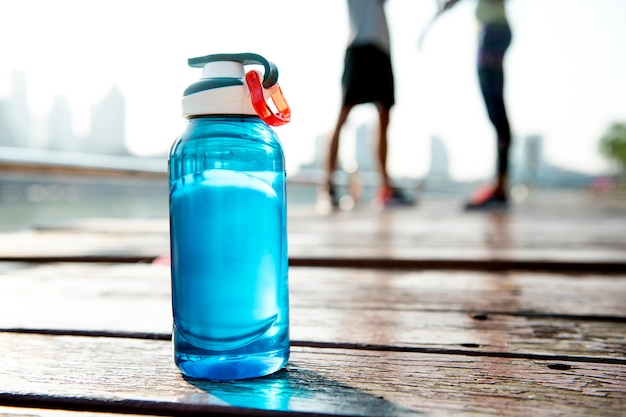Living with a chronic condition—whether it's diabetes, arthritis, kidney disease, or another long-term health issue—requires thoughtful daily choices. One of the most overlooked yet powerful tools in managing symptoms and improving quality of life is proper hydration. This beginner’s guide explores how small, consistent hydration habits can make a big difference, backed by science and practical routines anyone can follow.
Water is essential for every bodily function, from regulating temperature to flushing toxins and supporting circulation. For people managing chronic conditions, staying well-hydrated can help reduce symptom severity, improve energy levels, and support medication effectiveness.
For example, individuals with diabetes benefit from proper hydration because high blood sugar increases fluid loss. Staying hydrated helps the kidneys flush excess glucose through urine. Similarly, those with chronic kidney disease must balance fluid intake carefully—too little or too much can be harmful. Even conditions like arthritis and fibromyalgia may see symptom relief with improved hydration, as water helps maintain joint lubrication and reduces stiffness.

Dehydration doesn’t always come with obvious thirst. Subtle signs include:
If you're managing a chronic illness, these symptoms can be mistaken for disease progression. Monitoring hydration may help reduce unnecessary discomfort.
You don’t need drastic changes to improve hydration. Small, sustainable routines work best. Here are practical, research-supported strategies:
After hours of sleep, your body is naturally dehydrated. Drinking 8–16 oz of water upon waking kickstarts metabolism and rehydrates cells. Add a slice of lemon for flavor and a boost of vitamin C.
Visual cues help build habits. Choose a reusable bottle with time markers or volume measurements. Aim to finish a certain amount by lunch, mid-afternoon, and bedtime. Studies show that visible tracking increases adherence to hydration goals.
If plain water feels boring, infuse it with cucumber, mint, berries, or citrus. Natural flavoring makes hydration more enjoyable without added sugars or artificial ingredients—important for conditions like diabetes or heart disease.
Link drinking water to existing habits: after brushing your teeth, before meals, during phone calls, or after using the restroom. This technique, known as habit stacking, leverages routine behaviors to build new ones effortlessly.
A quick, non-invasive way to assess hydration is checking urine color. Pale yellow indicates good hydration; dark yellow or amber suggests you need more fluids. This method is widely used in clinical settings and effective for self-monitoring.
Hydration needs vary based on health status. Always consult your care team for personalized advice, but general guidelines include:
While the classic “8x8 rule” (eight 8-oz glasses) is easy to remember, individual needs vary. Factors like age, weight, activity level, climate, and medications all influence hydration needs. A better approach is to:
Busy schedules, forgetfulness, or fear of frequent bathroom trips can make hydration challenging. Try these solutions:
Improving hydration doesn’t require perfection—just consistency. By integrating simple habits into your daily routine, you support your body’s ability to manage chronic conditions more effectively. Over time, these small choices can lead to better energy, fewer symptoms, and improved overall well-being.
Start today: fill a glass, take a sip, and take one more step toward feeling your best.

Health

Health

Health

Health

Wellness

Fitness

Fitness

Wellness

Wellness

Wellness

Health

Wellness

Health

Fitness

Health

Health